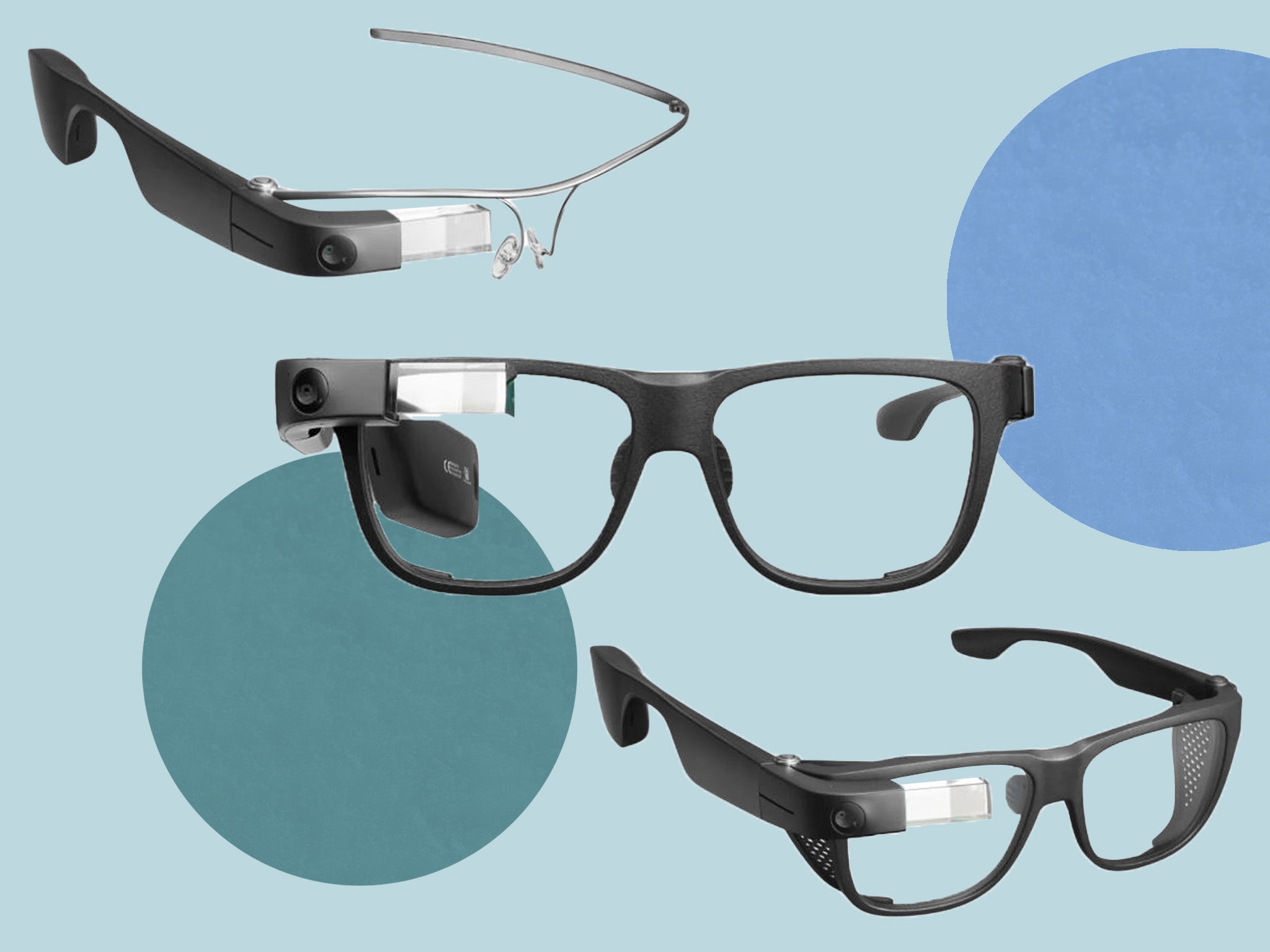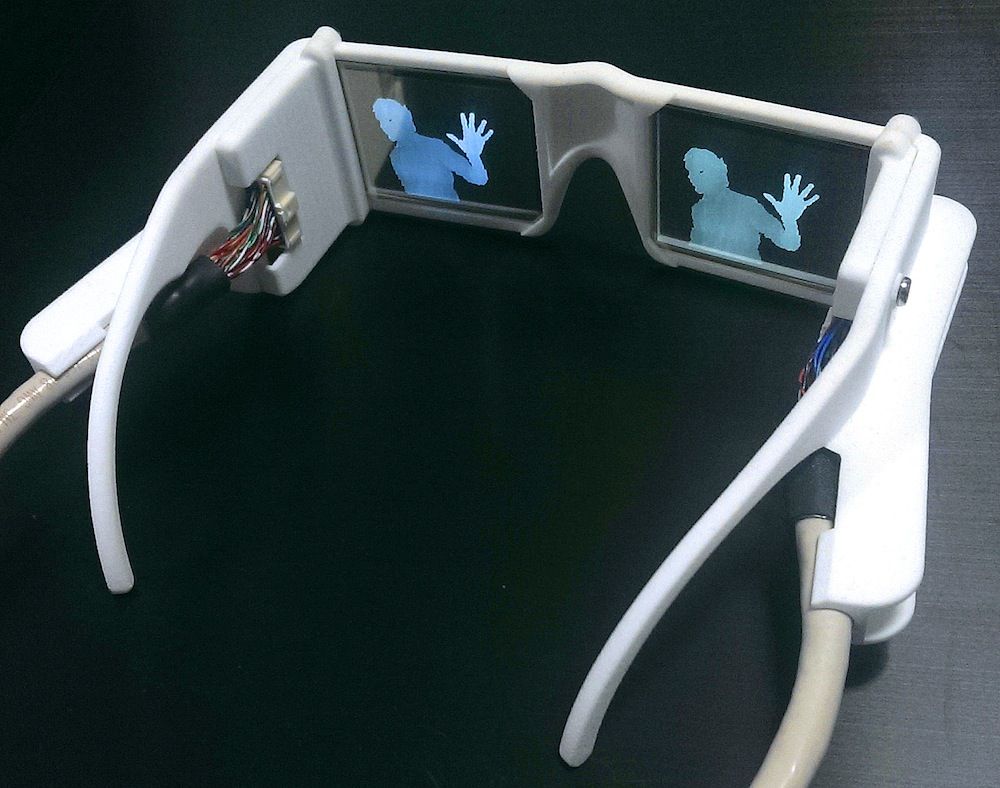Empowering Freedom With Assistive Technology for the Blind
The integration of assistive technology for individuals that are blind or visually impaired stands for a substantial advancement in fostering independence and improving high quality of life. With a variety of gadgets-- from screen readers to innovative responsive tools-- these technologies not just promote navigating and interaction however likewise promote social inclusion and participation in numerous facets of life. As we discover the varied sorts of assistive gadgets and their real-world applications, it ends up being clear that the impact is profound. Yet, the evolution of this technology elevates critical inquiries concerning accessibility and future developments that require further examination. Assistive technology for the blind.
Recognizing Assistive Technology
Although assistive modern technology has progressed considerably for many years, its fundamental function continues to be the same: to improve the lifestyle for individuals with impairments, specifically those that are visually impaired or blind. This innovation incorporates a broad series of devices and gadgets that promote independence and functionality in everyday tasks.
Assistive innovation can be classified right into low-tech and modern options, each made to fulfill specific needs. High-tech devices commonly consist of software program applications, specialized equipment, and flexible devices that use sophisticated innovation to supply assistance in different contexts. Alternatively, low-tech remedies might entail daily products that are customized to enhance ease of access, such as magnifiers or tactile pens.
The assimilation of assistive modern technology right into the lives of people who are blind or visually impaired not just advertises autonomy but also cultivates social incorporation and involvement in specialist and instructional atmospheres. By leveraging these innovations, users can browse their environments, gain access to info, and interact efficiently, thereby enhancing their total lifestyle. Recognizing assistive modern technology is critical for caretakers, professionals, and supporters that aim to sustain individuals in optimizing their prospective and attaining higher independence.
Kinds Of Assistive Gadgets
Assistive tools for the blind and visually damaged are vital devices that enhance daily obeying dealing with details difficulties encountered by individuals. These gadgets can be broadly classified right into three major types: optical gadgets, digital devices, and sensory gadgets.

Sensory gadgets, such as Braille screens and tactile maps, offer alternate methods to obtain information. Braille shows convert electronic text right into Braille, enabling customers to check out touch. Responsive maps use spatial understanding through elevated textures and lines, enabling better environmental recognition.
Together, these assistive tools empower individuals with aesthetic impairments to engage even more totally with their surroundings, promoting higher freedom and confidence in everyday activities.

Effect On Day-to-day Live
The integration of assistive innovation into the day-to-day lives of people who are aesthetically damaged or blind considerably boosts their ability to engage and browse with the globe around them. Instruments such as display viewers, Braille displays, and mobile applications facilitate access to information, enabling individuals to engage with electronic content, communicate successfully, and take care of day-to-day tasks separately.
Moreover, innovations like wise glasses and navigating applications supply real-time help in unknown atmospheres, enhancing flexibility and self-confidence. These devices enable users to recognize barriers, checked out indicators, and also identify faces, thus promoting a sense of autonomy in public rooms. In addition, home automation systems, which can be regulated with voice commands, allow people to handle their living atmospheres a lot more successfully, improving comfort and safety and security.
The influence of assistive innovation extends past functional tasks; it promotes social incorporation and emotional well-being. By linking the space between people and their surroundings, these technologies encourage individuals to take part fully in neighborhood activities, seek academic possibilities, and involve in meaningful partnerships. Eventually, the advancement of assistive modern technology contributes in redefining the possibilities for individuals that are blind or aesthetically damaged, resulting in an extra obtainable and inclusive culture.
Success Stories and Reviews

Another powerful testimony originates from Mark, a recent college graduate who used display analysis software throughout his academic journey. This technology allowed him to accessibility program materials and take part in conversations, inevitably leading to his successful shift right into the labor force. Mark credit scores assistive technology for empowering him to achieve his profession objectives, emphasizing its function in leveling the playing field for people with aesthetic impairments.
Furthermore, recreation center have actually reported increased participation in their programs thanks to the introduction of easily accessible electronic systems. These systems have made it less complicated for people to connect, share resources, and support one another. These success stories jointly emphasize the profound effect of assistive innovation in promoting independence, improving high quality of life, and damaging down obstacles for the visually impaired and blind area.
Future Fads in Assistive Technology
Emerging technologies are positioned to change the landscape of assistive technology for individuals who are blind or aesthetically damaged. Technologies in expert system (AI) and artificial intelligence are boosting the abilities of devices, making it possible for more intuitive customer experiences. For example, AI-driven applications are increasingly able to check out and recognize things text out loud in real-time, giving individuals with valuable details regarding their surroundings.
Additionally, improvements in wearable modern technology are creating new possibilities for independence. Smart glasses geared up with enhanced fact features can overlay important details onto the individual's field of view, facilitating navigation and interaction with the environment. Additionally, the integration of Web of Points (IoT) tools is simplifying accessibility in smart homes, allowing users to control home appliances and get notices with voice commands or responsive user interfaces.
The growth of braille screens and tactile comments systems is also rising, advertising accessibility to digital content and improving interaction. As these modern technologies proceed to progress, they assure to improve day-to-day living, academic opportunities, and employment leads for people with visual impairments. Continuous cooperation in between technologists, users, and click campaigning for teams will certainly be crucial in making certain these technologies satisfy the requirements of the area properly.
Final Thought
In conclusion, assistive modern technology plays an essential role in boosting the self-reliance of people who are blind or visually damaged. By providing crucial tools and sources, these innovations facilitate enhanced navigating, gain access to, and communication to info, consequently cultivating autonomy and positive self-image. The transformative impact of assistive gadgets not Visit Website just promotes efficient interaction with the atmosphere yet likewise encourages social incorporation and engagement in various facets of life, eventually equipping customers to thrive within their neighborhoods.
The integration of assistive modern technology for people that are visually damaged or blind represents a significant innovation in fostering self-reliance and improving high quality of life.The combination of assistive innovation right into the lives of individuals who are blind or visually harmed not just promotes freedom but likewise promotes social incorporation and involvement in instructional and specialist atmospheres. Eventually, the development of assistive technology is instrumental in redefining the opportunities for people who are blind or visually damaged, leading to an extra available and inclusive culture.
Lots of individuals that are blind or visually impaired have actually shared inspiring you can try this out success stories that highlight the transformative influence of assistive innovation on their lives.In conclusion, assistive modern technology plays a critical function in boosting the self-reliance of individuals that are blind or aesthetically damaged.